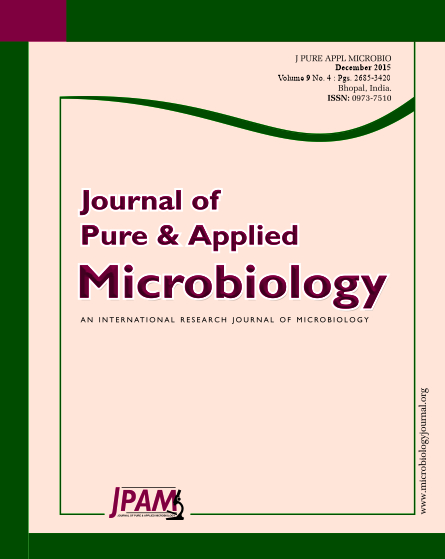Two biochemical and molecular methods have been applied for detecting the Ganoderma, a basidiomycete fungi causing basal stem rot disease (BSR) of coconut in the early stage itself. Leaf, stem/bark and root extracts recorded highest optical density values than their corresponding healthy tissues. Increased transmittance values observed from the extracts of diseased leaf, stem, bark and root extracts compared healthy tissues. For polymerase chain reaction (PCR) test, the primer generated from the internal transcribed spacer region one (ITS 1) of ribosomal DNA gene of Ganoderma, which produced a PCR product of 160 bp in size is used for early detection. Different systemic, non-systemic and bioagents were screened against Ganoderma isolates for in vitro management of the disease. Among the non-systemic fungicides tried in vitro, captan, mancozeb and thiram at 0.2 per cent completely inhibited the growth of the fungus. In case of systemic fungicides trideomarphm, hexaconzole and carbendazim at 0.1 per cent recorded highest per cent inhibition of mycelium growth. Dual culture study carried out with three different species of Trichoderma revealed that T. harzianum and T. koningii were found effective.
Biochemical, Molecular, diagnosis, Ganoderma, Bioagents, fungicides
© The Author(s) 2015. Open Access. This article is distributed under the terms of the Creative Commons Attribution 4.0 International License which permits unrestricted use, sharing, distribution, and reproduction in any medium, provided you give appropriate credit to the original author(s) and the source, provide a link to the Creative Commons license, and indicate if changes were made.


